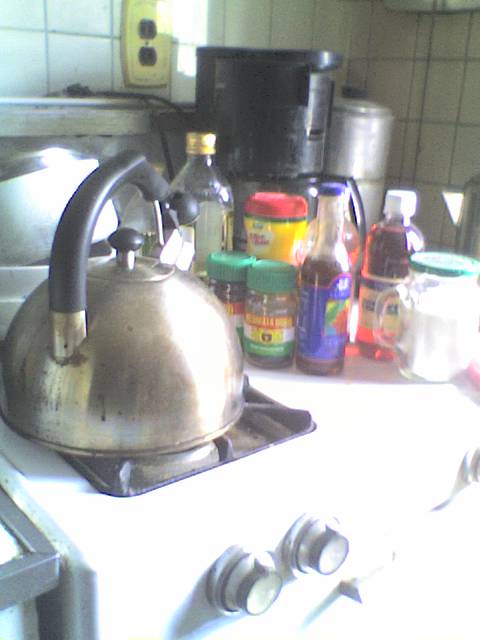Turkish cuisine is usually full of savory exotic dishes, laden with spices and nuts. There is also the sweet side of it,, influenced by the variety of different people who lived there from the Greeks to the Turkic tribes. The end result is an array of delicious desserts that can be recreated in home kitchens.
Melissa Clark not only wrote about Turkish delights for today's New York Times Food section she went to Istanbul to sample the many different treats.Their pastries are just as sublime and complex as any French pastry yet are little known here in the US. Their origins, in part, come from the Muslims ban on alcohol. Syrupy fruit juices called sherbets along with other confections subbed in for wine used in various ceremonies. There is the actual Turkish delight, a citrussy gelatin square that's dusted with powdered sugar. Baklava , a favorite throughout the Eastern Mediterranean area is much more delicate than the traditional Greek one.Instead of using honey , bakers pour a simple syrup over the layers of pistachio and baklava. This highlights the nuttiness . another difference is the pastry too. Turkish baklava is made with yufka, a hybrid of strudel dough and phyllo. The layers are brushed with ewe's milk butter instead of cow's milk butter to give it a richer, fuller taste.Ms. Clark gives the recipe but it's more like the Greek with using regular butter and phyllo dough.
The Turks are also known for their fruit desserts that are loaded with poached or candied apricots, pears,cherries mulberries, quince and melon.Pumpkin is also candied, made with calcium hydroxide or slaked lime.One of the most popular in Turkey and worldwide is helweh or halwah. These range from the sesame seed variety to buttery flour and semolina homemade kinds.One of the oldest of the desserts is milk puddings. , A variation is ,tavuk, gogsu, actually has shredded chicken breast in it. The meat, usually from a fresh killed capon, is ground into a fine powder and mixed with milk, sugar and cracked rice.There is also a burned kind, kazandibi, that Ms. Clark makes. The flavor is similar to a burnt marshmallow with a crusty smoky caramelized shell surrounding a mellow, creamy middle Cooking it involves using mastic, a tree resin used in Middle Eastern and Greek cooking and baking. The recipe is tricky but easily learned. Bakers must put a metal 9 by 13 pan directly over an open flame to burn the bottom of the pudding. The blackened side is then flipped over when it is served.
Turkey has an interesting array of sweets. The recipes are ancient and exotic, yer fit right in with modern Turkish cuisine. They are delicate and subtle, a perfect ending for dishes rich with spice and flavor.
Wednesday, January 20, 2016
Turkish Treats
Labels:
baklava,
calcium hydroxide,
gelatin,
gogsu,
kazandibi,
mastic,
Melissa Clark,
New York Times Food,
semolina,
slaked lime,
tavuk,
turkey,
Wednesday
Subscribe to:
Post Comments (Atom)




No comments:
Post a Comment